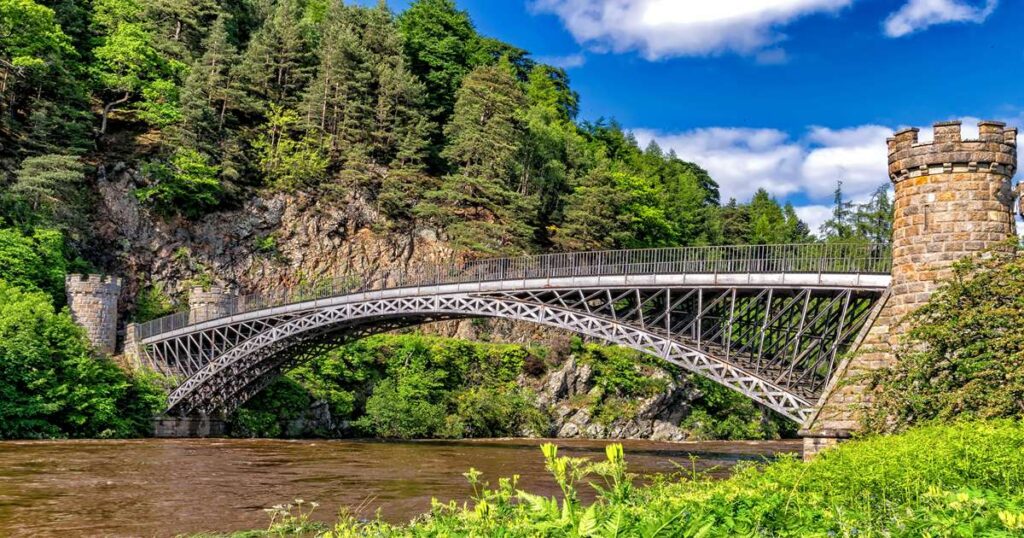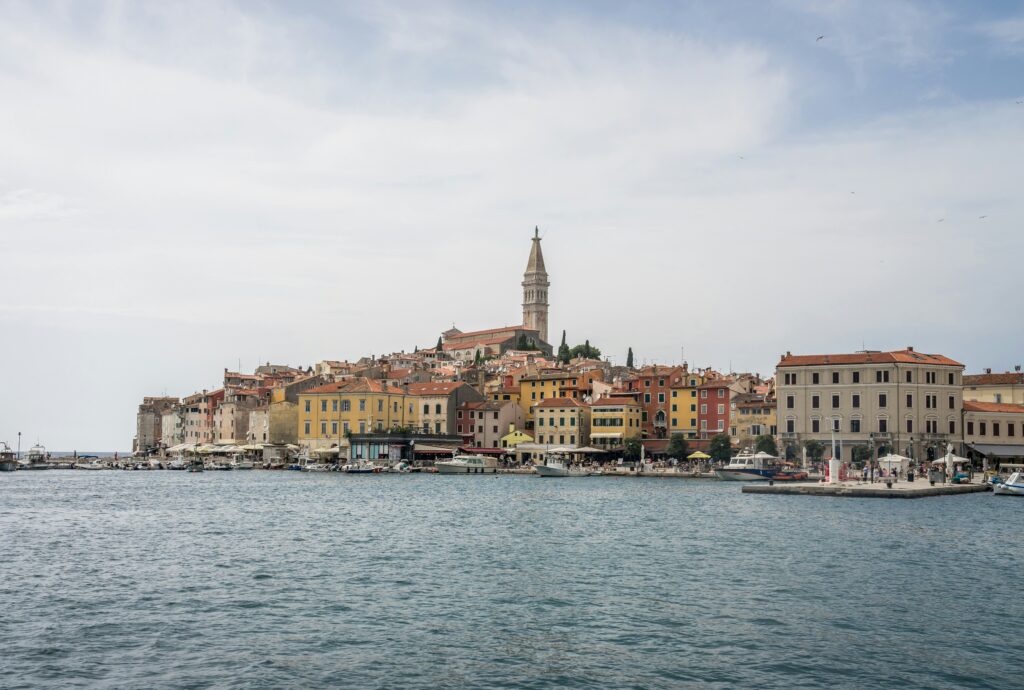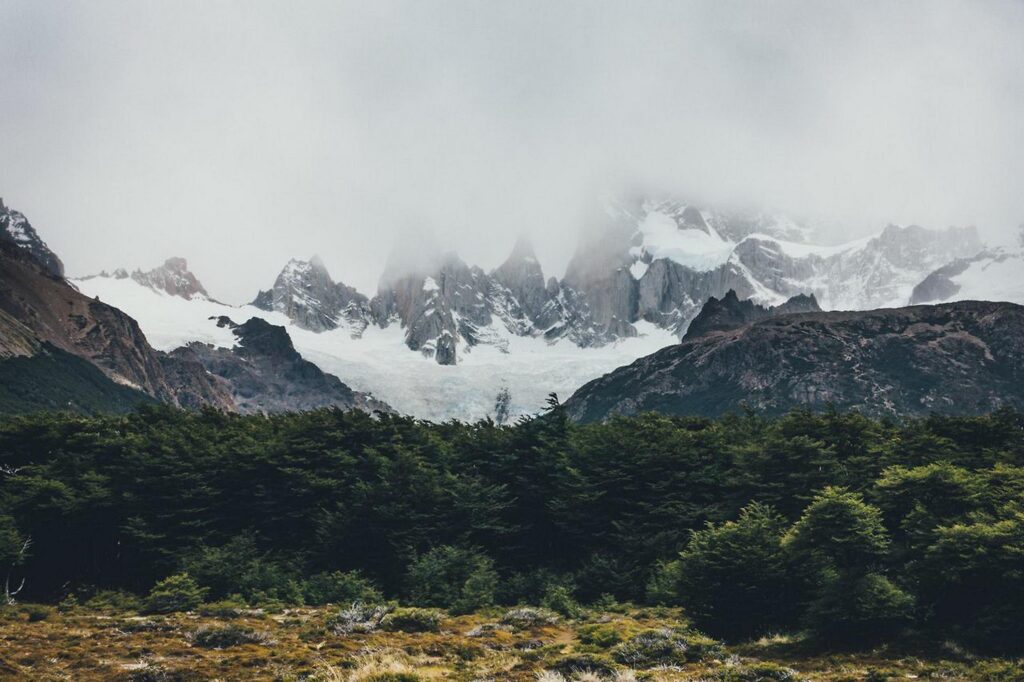The Greek islands, renowned for their breathtaking beauty and rich cultural heritage, are currently grappling with a series of unfortunate events that have highlighted the dangers of exploring these stunning locales during extreme heat. Over the past month, a concerning number of tourists have gone missing or been found deceased under tragic circumstances.

This article delves into the recent cases of missing tourists, the extensive search and rescue efforts undertaken, the impact of extreme weather conditions, and the historical and cultural significance of these islands. We also address key questions regarding tourist safety and the measures that can be taken to prevent such tragedies in the future.
Table of Contents
Recent Incidents: A Surge in Tragic Cases

A Disturbing Trend
In just nine days, six tourists have been reported dead or missing across several Greek islands, shedding light on the severe risks associated with hiking and outdoor activities in extreme heat. This alarming trend has drawn significant media attention and raised concerns about tourist safety in the region.
Detailed Accounts of the Recent Incidents
Michael Mosley:
Michael Mosley, a 67-year-old British TV presenter known for his work on health and nutrition, was found dead on Symi Island. Mosley had set out for a hike but made a wrong turn, leading him onto a rocky peninsula. Despite being near a seaside restaurant, he was not discovered until five days later. The extreme heat, combined with the island’s rugged terrain, contributed to the difficulty in locating him.
The Dutch Tourist:
A 74-year-old Dutchman went missing on Samos Island, which is located close to the Turkish coast. He had been hiking in the heat, and after almost a week of searching, his body was found by a fire service drone in a gorge. The case highlights the perils of hiking in high temperatures and the challenges faced by rescue teams in locating individuals in rugged landscapes.
The American Tourist on Mathraki:
A 70-year-old American tourist went missing on Mathraki Island, situated west of Corfu. His body was eventually found on a remote beach by another holidaymaker. The search had been suspended due to strong winds that had previously prevented emergency services from reaching the island, illustrating the difficulties in conducting rescue operations in adverse weather conditions.
Albert Calibet:
Albert Calibet, a 59-year-old retired
Los Angeles police officer, went missing on Amorgos Island. Despite his familiarity with the island, the extreme heat and challenging terrain made the search for him particularly arduous. As of the latest updates, Calibet’s whereabouts remain unknown, with search efforts ongoing.
Two French Women on Sikinos:
The disappearance of two French women, aged 73 and 64, on Sikinos Island has been a major concern. The rugged and ravine-filled terrain has complicated the search efforts. Mayor Vassilis Marakis has described the search as “relentless,” with local volunteers, firefighters, and emergency services working tirelessly to find the missing tourists.
Search and Rescue Operations: An Overview

The Scope of the Search Efforts
The search and rescue operations for the missing tourists have involved a coordinated effort across multiple islands. Teams have utilized sniffer dogs, helicopters, drones, and local volunteers to aid in the search. The operations are centrally managed from Syros, the administrative hub of the Aegean Sea.
Sikinos and Amorgos: Challenges in Terrain
Sikinos:
Sikinos Island is characterized by its rocky and uneven terrain, which has made the search for the two missing French women particularly challenging. The search teams have faced difficulties navigating the ravines and rugged landscape, with the mayor highlighting the immense effort put into the operation.
Amorgos:
The search for Albert Calibet on Amorgos has been complicated by the island’s remote and rugged environment. The high temperatures and challenging terrain have posed significant obstacles for rescue teams, making the operation particularly demanding.
Technological Assistance
Modern technology has played a crucial role in the search and rescue operations. Drones have been instrumental in locating missing persons, such as the Dutch tourist found on Samos Island. These technologies have enhanced the efficiency of search efforts, although the vast and challenging landscapes of the Greek islands present ongoing difficulties.
Impact of Extreme Weather: A Closer Look
The Role of the Heatwave
The recent cases of missing and deceased tourists are closely linked to the extreme heat experienced in the Mediterranean region. June 2024 has been recorded as the hottest June ever, with temperatures reaching 40°C (104°F). This unprecedented heatwave has significantly increased the risks associated with outdoor activities, particularly hiking.
Climate Change and Its Implications
The rising temperatures are part of a broader pattern of climate change impacting global weather. Greece, situated on the frontline of the climate emergency, is experiencing more frequent and intense heatwaves. This trend underscores the need for heightened awareness and preparation for tourists engaging in outdoor activities.
Historical and Cultural Significance of the Greek Islands

Ancient History and Cultural Heritage
The Greek islands are not only known for their natural beauty but also for their rich historical and cultural significance. Many islands have played pivotal roles in ancient Greek civilization, serving as centers of trade, culture, and philosophy.
Santorini:
Santorini, also known as Thera, is famous for its volcanic history. The island is home to the ancient Minoan city of Akrotiri, which was buried under volcanic ash in the 16th century BCE. The excavation of Akrotiri has provided valuable insights into Minoan civilization, including its art, architecture, and daily life.
Crete:
Crete, the largest of the Greek islands, is renowned for its archaeological sites, including the Palace of Knossos. The Minoan civilization, which flourished on Crete around 1900 BCE, is known for its advanced art, architecture, and social organization. The Palace of Knossos, with its elaborate frescoes and complex layout, is a testament to the island’s historical importance.
Delos:
Delos, located near Mykonos, was a major religious and commercial center in ancient Greece. The island is a UNESCO World Heritage site, known for its well-preserved ruins, including the Temple of Apollo and the Terrace of the Lions. Delos was a hub of trade and culture and played a significant role in the religious practices of the ancient Greeks.
Modern-Day Significance
Today, the Greek islands are a crucial part of Greece’s tourism industry, attracting millions of visitors annually. They offer a combination of scenic beauty, historical sites, and vibrant local cultures. However, the tourism sector also faces challenges from climate change and over-tourism, which can impact both local communities and the environment.
Local Concerns and Responses

The Mayor’s Perspective on Recent Events
Mayor Vassilis Marakis of Sikinos has expressed deep concern over the recent incidents involving missing tourists. The local authorities, alongside emergency services, are working tirelessly to ensure the safety of visitors. Marakis’s comments reflect growing anxiety among local officials about the impact of extreme weather on tourism and public safety.
The Role of Tourism Operators
Tourism operators play a crucial role in informing visitors about the risks associated with hiking in extreme temperatures. Operators should provide clear safety guidelines, ensure tourists are aware of local weather conditions, and offer advice on how to stay safe. Effective communication and collaboration with local authorities can also help in enhancing tourist safety.
Lessons and Future Precautions
Educating Tourists
Educating tourists about the risks of hiking in high temperatures is essential. Visitors should be informed about the signs of heat exhaustion and dehydration, advised to carry adequate water, wear light and breathable clothing, and avoid strenuous activities during peak heat hours. Providing clear and accessible information can help prevent accidents and ensure a safer experience.
Improving Local Infrastructure
Enhancing local infrastructure to support search and rescue operations is crucial. This includes better coordination between islands, the use of advanced technologies for tracking and locating missing persons, and improved support for emergency services. Investing in infrastructure improvements can enhance the effectiveness of search operations and response times.
Collaboration Between Authorities and Tourists
Collaboration between local authorities and tourists is key to improving safety. Tourists should be encouraged to register their travel plans with local authorities and provide information about their hiking routes. This information can be invaluable in emergencies and help ensure a more effective response. Promoting responsible tourism and adherence to safety guidelines can also contribute to a safer environment for all.
Conclusion
The recent surge in missing tourists on Greek islands highlights the urgent need for increased awareness and preparation. As extreme weather conditions become more common, both tourists and local authorities must adapt to ensure safety.
By improving communication, education, and infrastructure, Greece can better manage the risks associated with tourism in a changing climate. The tragic incidents serve as a reminder of the importance of safety and preparedness in the face of environmental challenges.
FAQ’s:
1. What caused the recent surge in missing tourists on Greek islands?
The surge in missing tourists is primarily attributed to the extreme heatwave affecting the Mediterranean region. June 2024 has recorded some of the highest temperatures ever experienced, with peaks reaching up to 40°C (104°F). Many tourists have ventured out for hikes or outdoor activities without fully understanding the risks posed by these temperatures, leading to cases of heat exhaustion, disorientation, and fatalities.
2. How are search and rescue operations conducted on the Greek islands?
Search and rescue operations on Greek islands involve a combination of resources and strategies:
Technology:
Drones and helicopters are used to cover large areas and difficult terrains quickly.
Local Resources:
Sniffer dogs and local volunteers assist in searching rugged and remote locations.
Coordination:
Operations are often managed from administrative hubs like Syros, with coordination between various local and national agencies to ensure a systematic search effort.
Communication:
Rescue teams maintain constant communication to share information and updates.
3. What precautions should tourists take when hiking in extreme heat?
Tourists should adhere to the following precautions:
Stay Hydrated:
Drink plenty of water before, during, and after hiking to prevent dehydration.
Dress Appropriately:
Wear lightweight, breathable clothing and a wide-brimmed hat to protect from the sun.
Avoid Peak Heat Hours:
Plan hikes for early morning or late afternoon when temperatures are cooler.
Know the Signs:
Be aware of symptoms of heat exhaustion, such as dizziness, nausea, and fatigue, and seek shade or medical help if needed.
Inform Someone:
Let someone know your hiking route and expected return time to aid in rescue efforts if needed.
4. How can tourists stay informed about local weather conditions?
Tourists can stay informed about local weather conditions by:
Checking Forecasts:
Use weather apps or websites to check forecasts before planning outdoor activities.
Listening to Local News:
Pay attention to local news channels and radio for weather alerts and warnings.
Consulting Locals:
Ask local tourism offices or guides about current weather conditions and potential hazards.
Subscribing to Alerts:
Sign up for local weather alerts if available, which provide timely updates on severe weather conditions.
5. What are the main historical and cultural sites on the Greek islands?
The Greek islands are rich in historical and cultural significance:
Santorini:
Home to the ancient Minoan city of Akrotiri, known for its well-preserved frescoes and advanced urban planning.
Crete:
Features the Palace of Knossos, a major archaeological site that reveals much about Minoan civilization.
Delos:
An uninhabited island near Mykonos, known for its significant ruins from ancient Greek religious and commercial activities.
Rhodes:
Famous for its medieval Old Town and the ancient city of Kamiros, reflecting its historical role in the Greek and Roman eras.
6. What should tourists do if they get lost while hiking?
If tourists get lost while hiking:
Remain Calm:
Avoid panicking to make clear decisions.
Find Shelter:
Seek a safe place to wait, preferably with some form of protection from the elements.
Use Communication Devices:
If available, use a mobile phone or emergency beacon to call for help. Provide detailed information about your location if possible.
Signal for Help:
Use signals such as a whistle, mirror, or brightly colored clothing to attract attention.
Follow Pre-Planned Routes:
If you have a map or GPS, attempt to retrace your steps or move to a known landmark.
7. How is climate change impacting tourism in Greece?
Climate change is leading to:
Increased Temperatures:
More frequent and intense heatwaves, making outdoor activities riskier.
Changing Weather Patterns:
Unpredictable weather, including extreme heat and sudden storms, affecting travel plans and safety.
Environmental Degradation:
Rising temperatures and changing conditions can harm local ecosystems, impacting the natural beauty that attracts tourists.
Need for Adaptation:
Tourists and local communities need to adapt to these changes by implementing safety measures and promoting sustainable practices.
8. What role do tourism operators play in ensuring tourist safety?
Tourism operators are crucial in:
Providing Information:
Offering detailed safety guidelines and weather-related advice to tourists.
Ensuring Preparedness:
Assisting tourists in planning appropriate activities based on current conditions and safety risks.
Training Staff:
Ensuring that tour guides and staff are trained to handle emergencies and provide accurate information.
Collaborating with Authorities:
Working with local authorities to enhance safety measures and response strategies for emergencies.
9. How can local authorities improve their response to emergencies on the islands?
Local authorities can improve their response by:
Enhancing Coordination:
Improving coordination between different islands and agencies involved in search and rescue operations.
Investing in Technology:
Utilizing advanced technology such as satellite tracking and drones for more effective search efforts.
Training and Resources:
Providing regular training for emergency personnel and equipping them with necessary resources.
Public Awareness Campaigns:
Running campaigns to educate tourists about potential risks and safety measures.
10. What steps can be taken to prevent similar incidents in the future?
To prevent similar incidents:
Promote Safety Education:
Increase awareness about the dangers of hiking in extreme heat and provide clear safety guidelines.
Improve Infrastructure:
Develop better infrastructure for emergency response and enhance access to remote areas.
Encourage Responsible Tourism:
Advocate for responsible tourism practices, including adherence to safety advice and consideration of environmental impacts.
Monitor Climate Trends:
Stay updated on climate trends and adjust tourism guidelines to reflect changing conditions.
